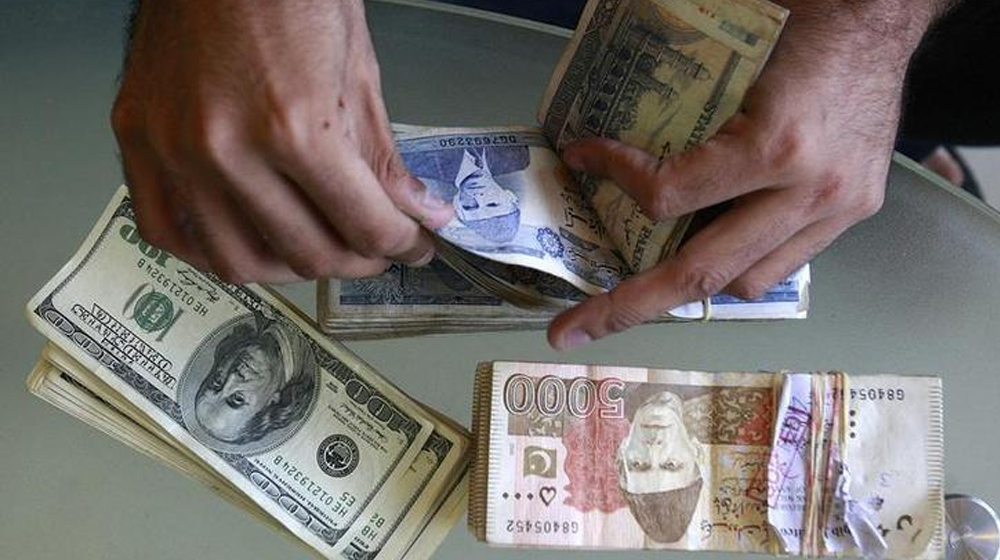
In the past few days, several media outlets reported that the rupee is likely to depreciate further in the next 6 months, citing a review from the State Bank of Pakistan. These reports have cited the State Bank of Pakistan’s (SBP) annual Financial Stability Review (FSR) 2018.
“Over the next six months, foreign exchange rate risk, the balance of payment pressures, widening the fiscal deficit and increase in domestic inflation was reported as key risks,” said the media reports citing SBP’s review.
The likelihood of occurrence of a high-risk event in Pakistan’s financial system over the short-term is slightly higher than the medium-term.
The participants of this risk survey include executives of commercial banks, insurance companies, and exchange companies as well as members of the academia, financial journalists, officials of Security and Exchange Commission of Pakistan (SECP), and think tanks.
While the media reports did get it right about the risk factors revealed in the perception survey and not by the central bank itself, they did not mention that the perception risk survey dates back to January 2019 — eight months ago.
The survey under question is the third wave of the central bank’s biannual Systemic Risk Survey, conducted in January 2019. The purpose of this poll was to determine the risk perceptions of participants in the market and assess their confidence in the financial system’s stability.
The last quarter has seen uncertainty and volatility in the financial markets that led to a sharp increase in rupee-dollar parity. The decreasing foreign exchange reserves, rising current account deficits, soaring debt, and delays in paying off debts caused the rupee to fall sharply in the first half of 2019.
However, the market has stabilized in the last couple of months. The uncertainty around the International Monetary Fund (IMF)’s bailout package has diminished as well.
According to State Bank’s quarterly report, the mounting pressure on the exchange rate has been eased thanks to hefty foreign exchange inflows and the IMF has finally released its first tranche of the bailout. All these conditions point toward a relatively stable local currency, not only in the interbank market but also in the open market.
With the central bank’s recent efforts to strengthen the Anti-Money Laundering/Countering Financing of Terrorism (AMT/CFT) for exchange companies, market speculation is under control and hoarding US dollars has been discouraged. This has ruled out any unanticipated incident pertaining to the rupee-dollar parity.
Furthermore, SBP’s Governor, Raza Baqi, has quelled rumors that the government will initiate a free float exchange rate to meet the IMF’s conditions. He explicitly revealed that the central bank will follow a market-determined exchange rate but has chosen not to free float it. It means that though there will be lesser interventions by the central bank, SBP will interfere if there is extreme volatility.